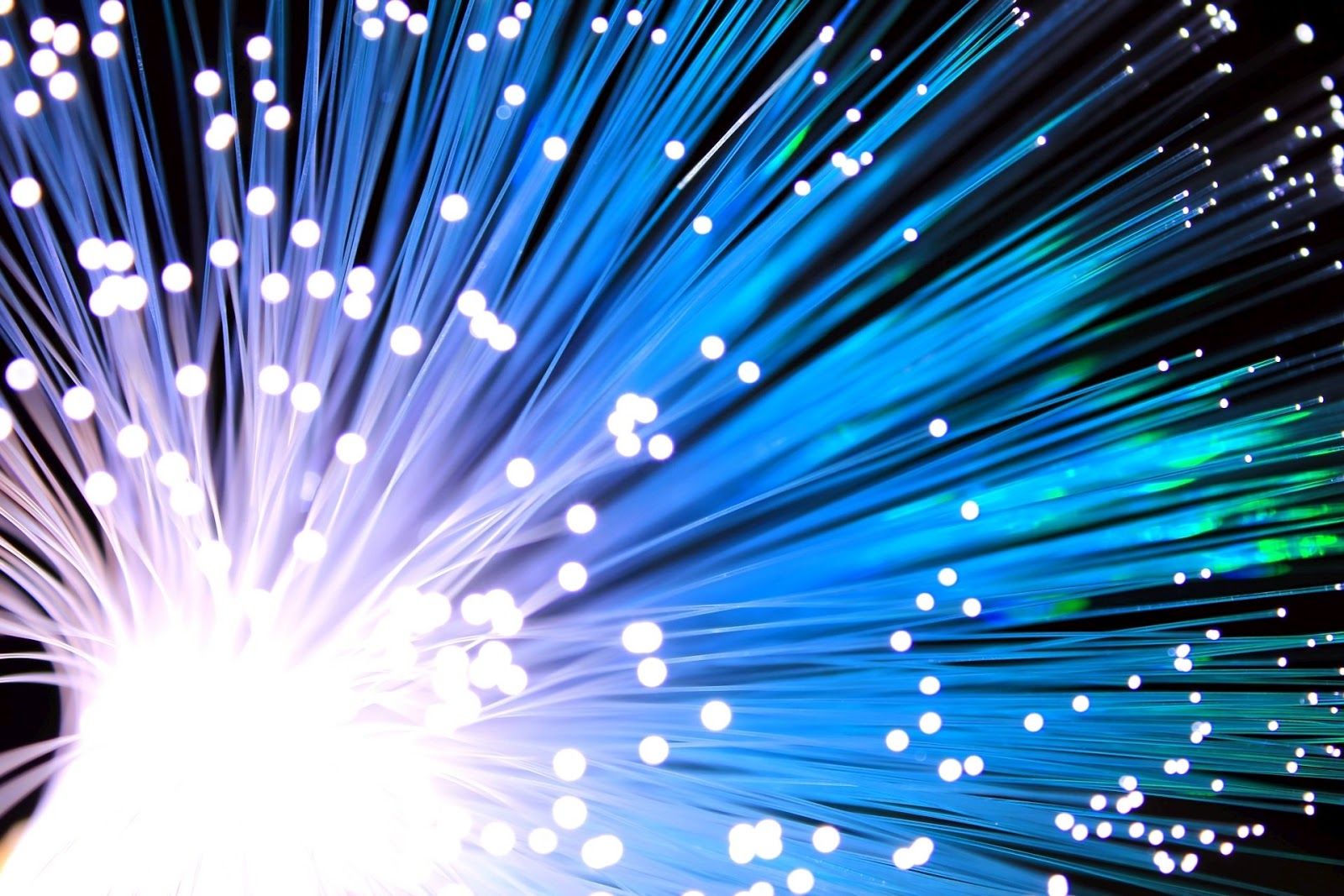Unlocking the full potential of quantum technologies in the future will require more than making quantum computers – we’ll also need ways to send and receive information reliably across quantum networks. Our classical computers encode information in bits – ones or zeroes – but a quantum computer stores information in qubits , which can be ones, zeroes, or a mixture of both. There are many proposed platforms for making qubits: one approach is to encode information using light, and the field of quantum photonics looks at how we can make this a reality.
How can we produce, manipulate, and detect individual photons of light on-demand? And how can we use them to encode and send quantum information? A good photonic qubit must be a bright source of single photons, where data can be reliably encoded in and subsequently read-out from the spin property of the photon, thus requiring excellent optical
and magnetic properties.
I’m interested in studying light-matter interaction at the nanoscale and my research focuses on new quantum emitting materials. We use magneto-optical experiments to probe their underlying electronic and spin properties to enable their application as single-photon sources in future quantum technologies.
NanoDTC Student, c2019
Find out more: http://www.quantum.cam.ac.uk/
Image credit: Wikimedia Commons

